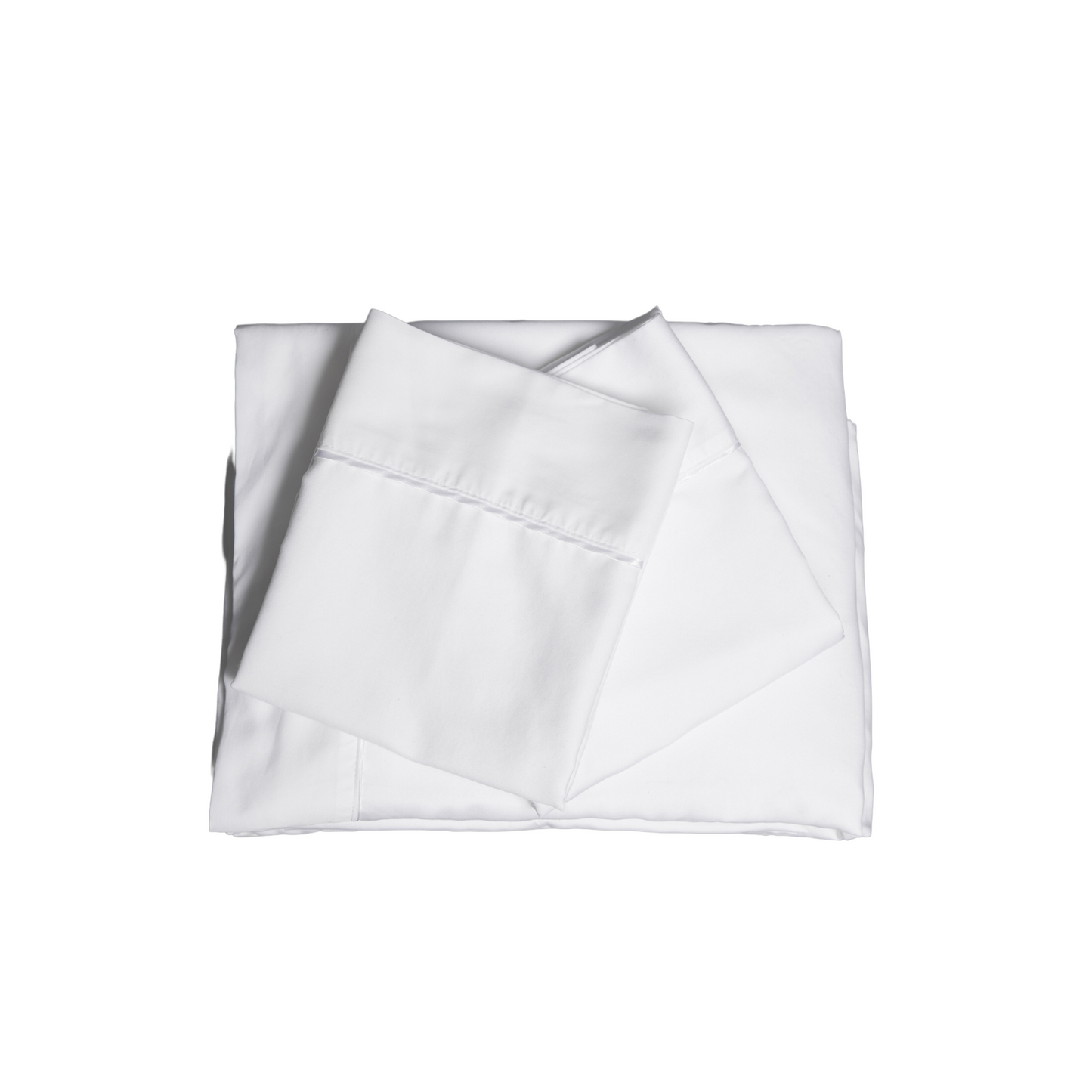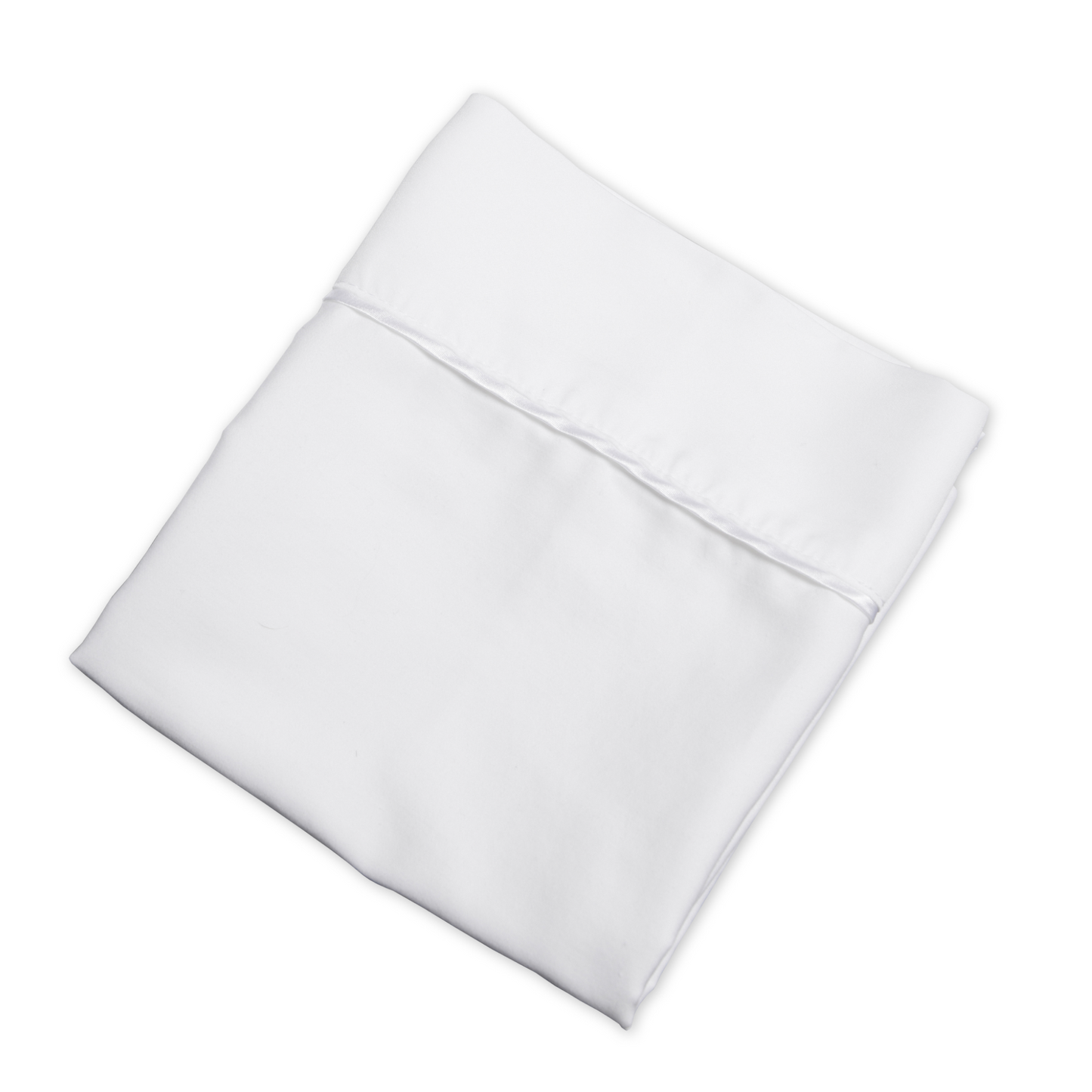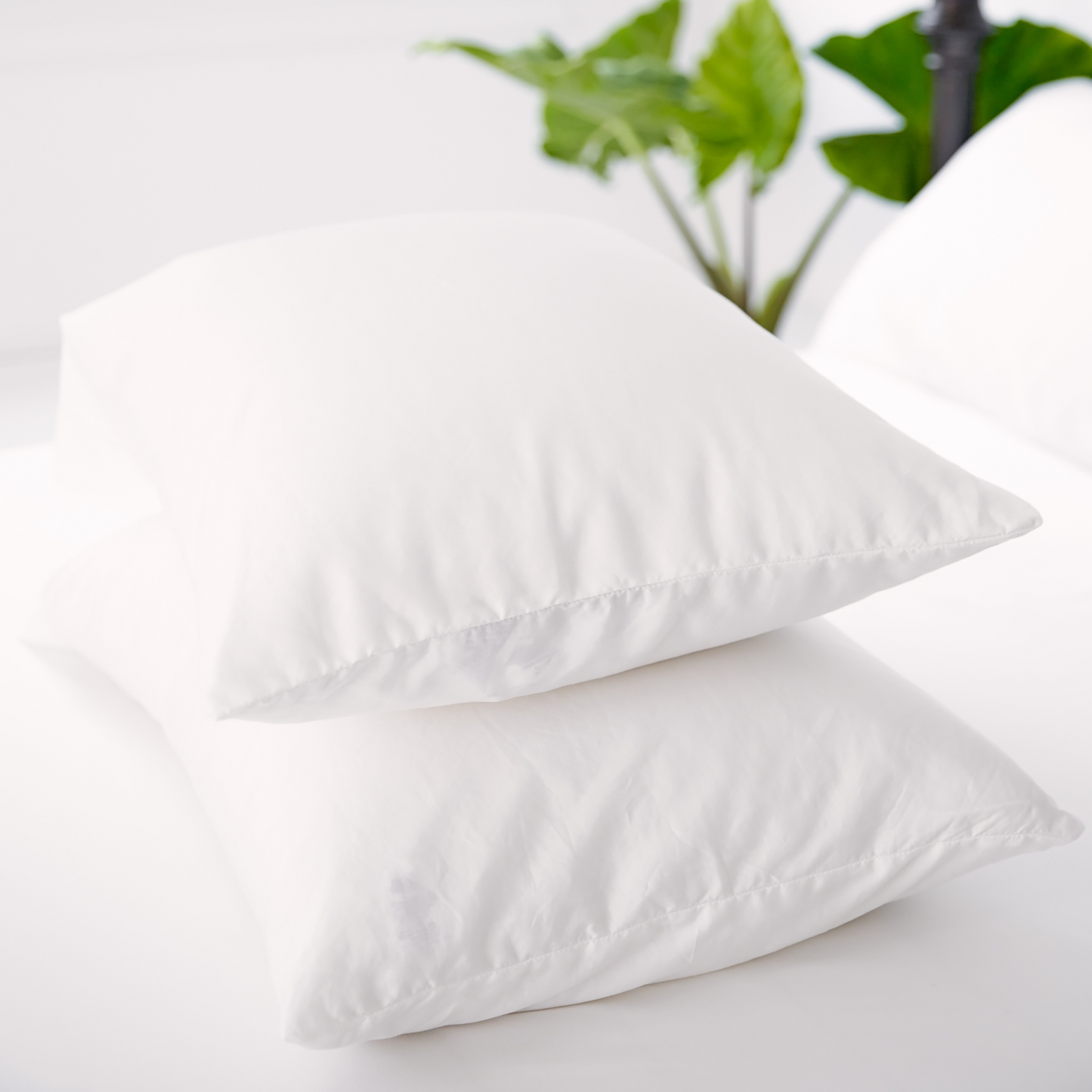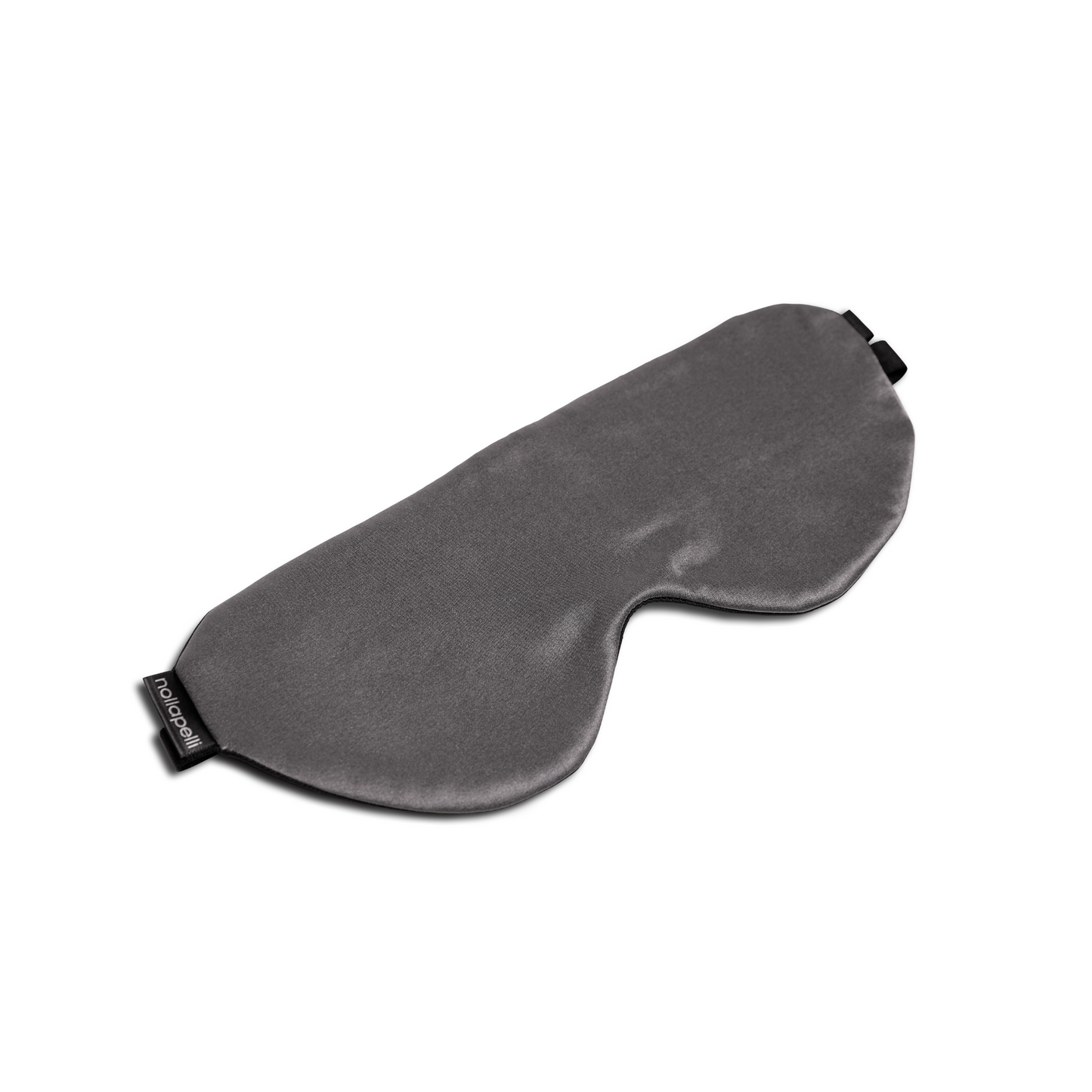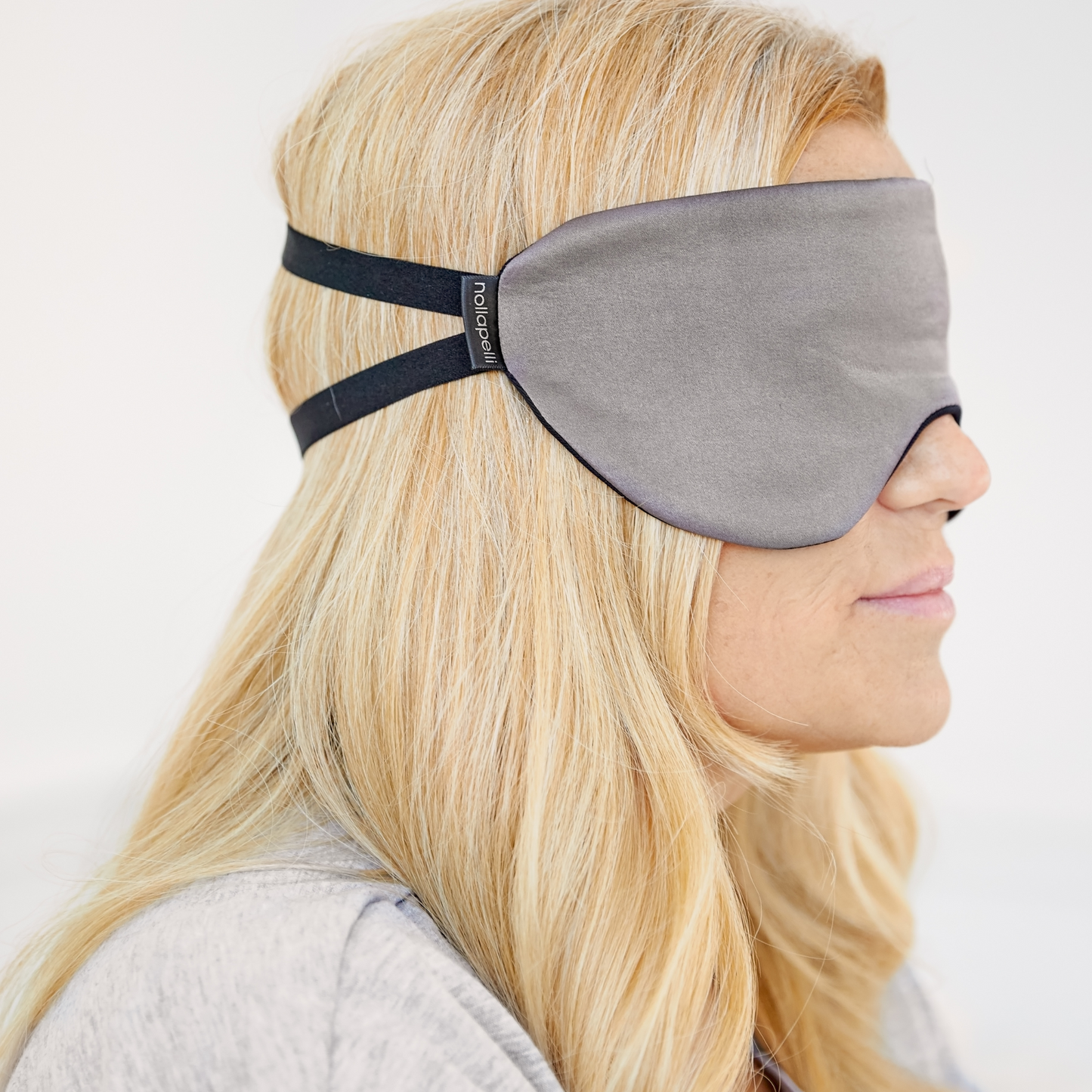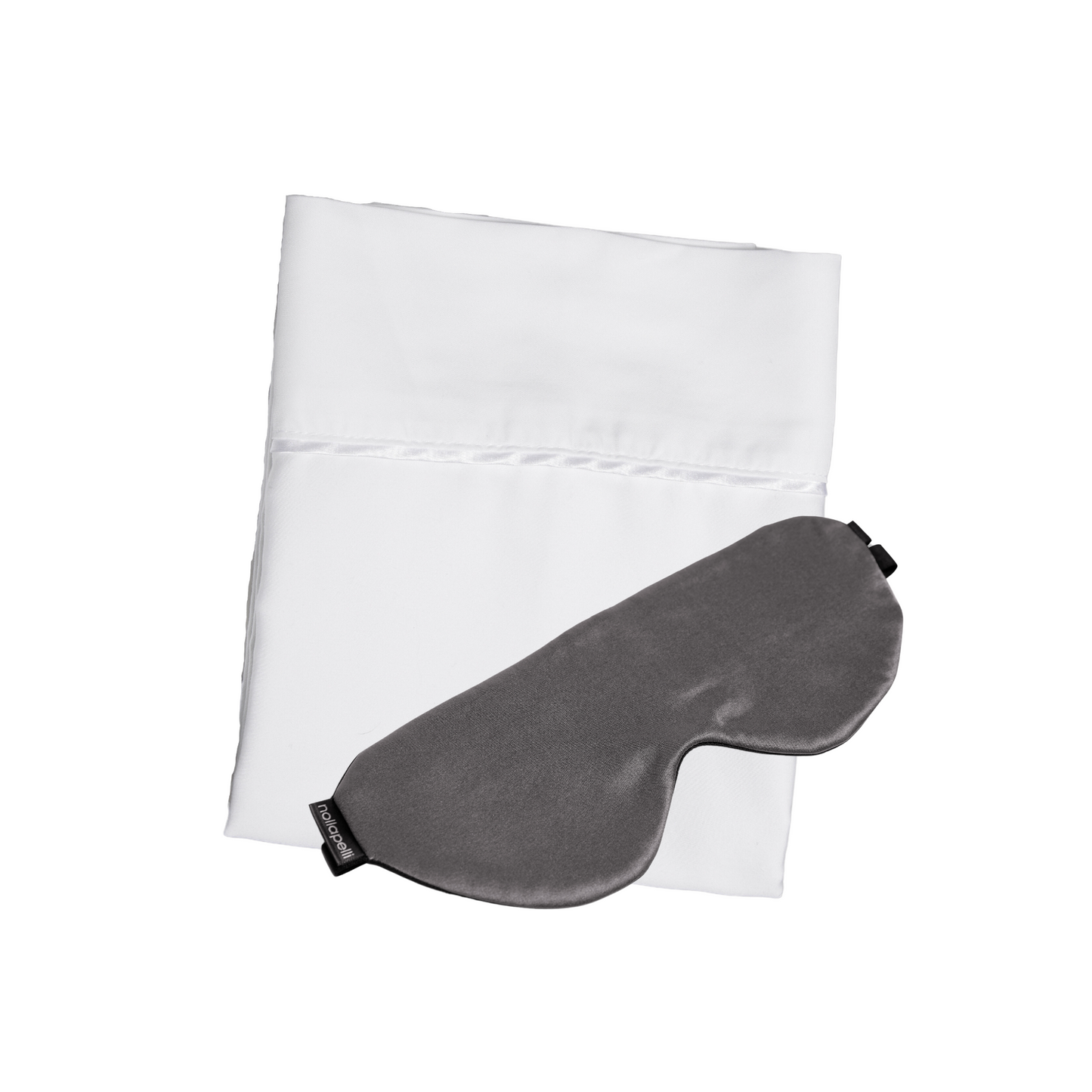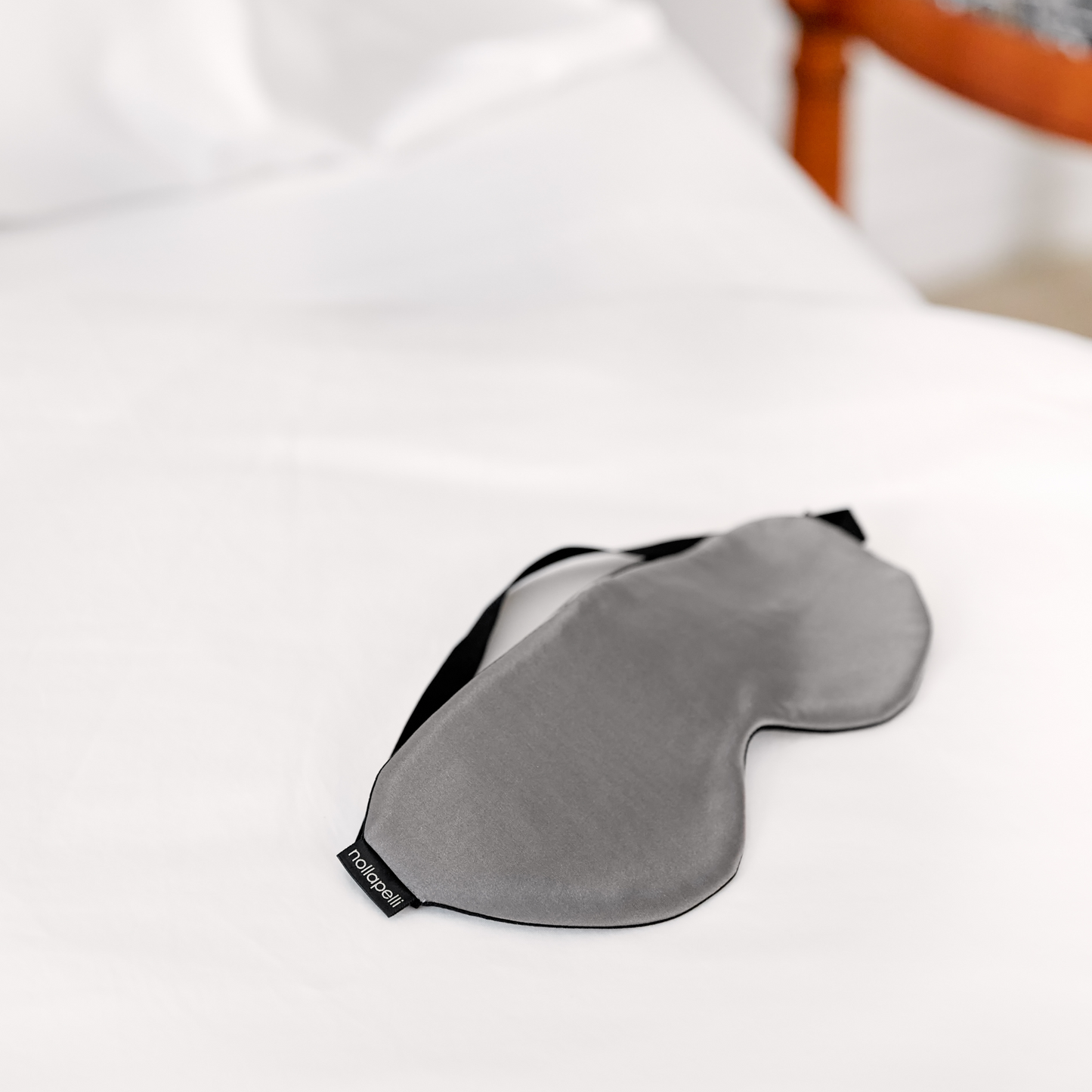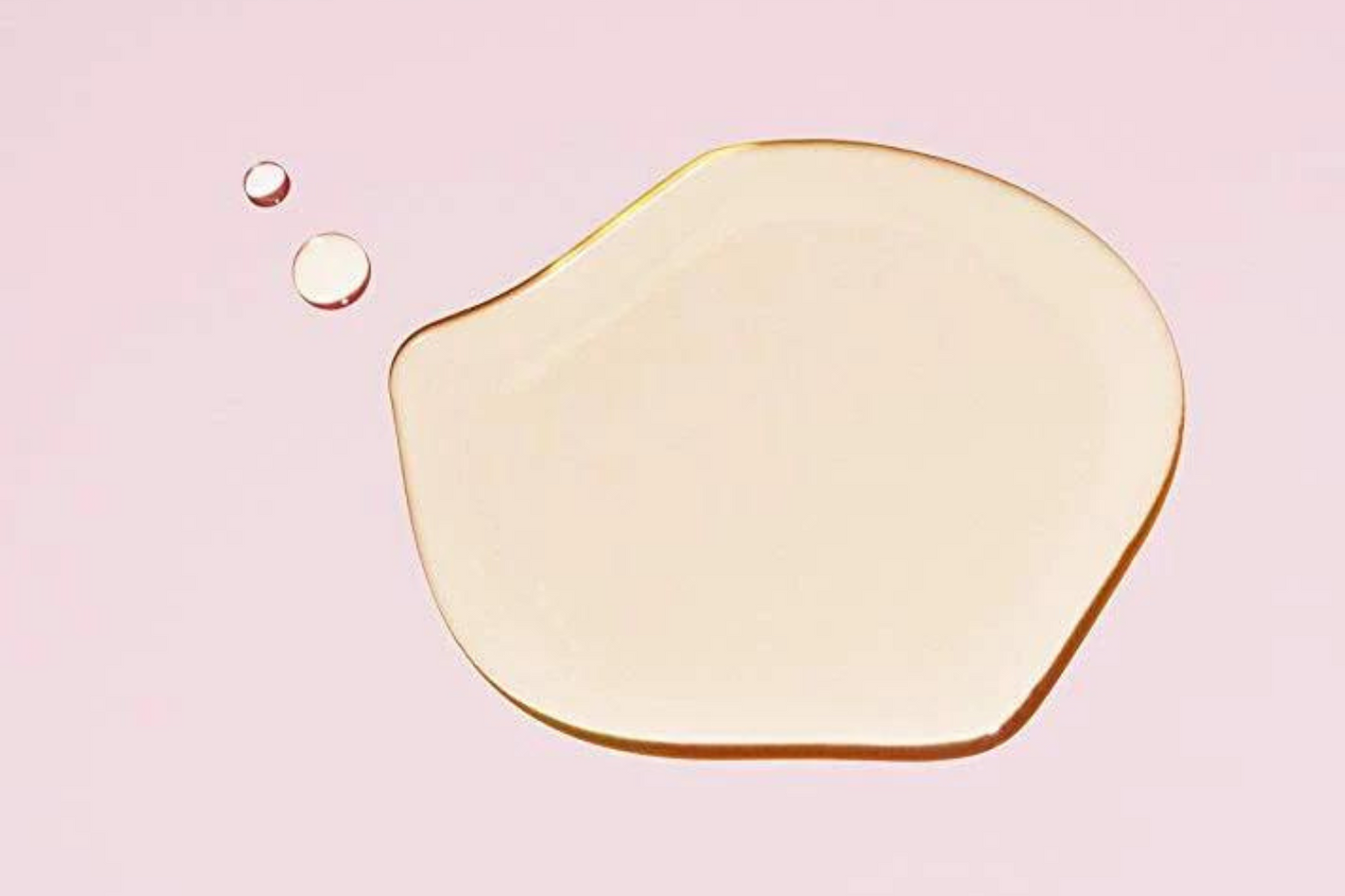
Cotton is one of the most absorbent materials on the planet.
We all know that cotton is a go-to fabric for bedding, but did you know that it may not be the best choice when it comes to maintaining healthy skin and hair? In this post, we’ll discuss why cotton absorbs more than you think and why it’s time to upgrade to bedding made from Nollapelli’s revolutionary fabric.
How Cotton Affects Your Skin
Cotton has long been the standard fabric for sheets and pillowcases, but there’s a downside to this popular material. Cotton is highly absorbent, which means it can soak up more than just sweat—it can also absorb the moisture from your skin and the beneficial ingredients in your nighttime skincare products. This can lead to dehydration and less effective skincare routines, leaving your skin dry and irritated.
Scientifically speaking, cotton fibers have a hydrophilic (water-attracting) nature, which allows them to pull moisture away from the skin. While this is useful for certain applications, like towels, it’s not ideal for bedding where hydration retention is key. As a result, overnight trans-epidermal water loss (TEWL) increases, leaving the skin less hydrated by morning.
How Nollapelli’s Fabric Works Differently
Nollapelli bedding is designed to work with your skin, not against it. Our advanced fabric blend leverages a patent-pending combination of naturally derived and synthetic fibers that regulate moisture rather than simply absorbing it. This unique composition allows our fabric to:
- Maintain a balanced hydration environment by reducing excessive moisture absorption, ensuring your skincare products stay where they belong—on your skin.
- Minimize friction to prevent the formation of sleep lines and reduce hair breakage, keeping skin smooth and hair free from bedhead.
- Stay cooler to the touch and regulate temperature by moving heat and moisture away from the body twice as fast as cotton, promoting deeper and more restorative sleep.
With Nollapelli, your products stay where they should—on your skin—maximizing the benefits of your nighttime routine while preserving skin barrier function.
Why It’s Time for New Bedding
If you’ve been using cotton sheets for years, it might be time to switch. While cotton is breathable, Nollapelli’s fabric is twice as breathable and moves heat and moisture away from your body twice as fast, so your body stays cooler for a more comfortable and rejuvenating sleep experience.
Additionally, cotton fibers create more friction against your skin compared to Nollapelli’s smooth fabric. This friction can contribute to pesky sleep lines (which can turn into permanent wrinkles), hair breakage, and overall discomfort. By reducing friction and optimizing moisture and temperature, Nollapelli provides a more comfortable and rejuvenating sleep experience..
Additional Benefits of Nollapelli Bedding
Unlike silk pillowcases, which require delicate washing, air drying, and ironing, Nollapelli pillowcases are machine washable, machine dryable, and wrinkle-resistant, making them a practical and low-maintenance upgrade to your sleep routine.
Make the Switch to Nollapelli
It’s time to say goodbye to cotton and upgrade to bedding that works as hard as your skincare routine. With Nollapelli, you’ll experience a more restful, beauty-boosting sleep every night—without the hassle of fussy fabric care.
Ready for healthier skin and hair? Shop Nollapelli bedding today!

